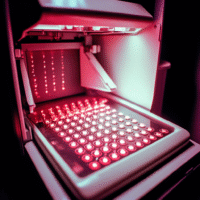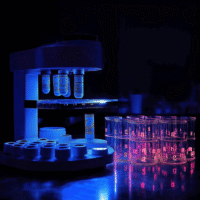Clinical Trial Results: Closed Loop Stimulation in Patients with Sinus Node Dysfunctions
Practical Solutions and Value
Closed loop stimulation (CLS) integrated into the circulatory control system through intra-cardiac impedance monitoring reduces the occurrence of atrial high-rate episodes (AHREs) compared with conventional rate-adaptive pacing in patients with sinus node dysfunctions (SNDs).
Patients with SNDs and an implanted pacemaker or defibrillator were randomly allocated to dual-chamber CLS or accelerometer-based DDDR pacing and followed for 3 years. The primary endpoint was time to the composite endpoint of the first AHRE lasting ≥6 min, stroke, or transient ischaemic attack (TIA). The incidence of the primary endpoint was lower in the CLS arm than in the DDDR arm, primarily due to the reduction in AHREs lasting between 6 h and 7 days.
Subgroup analyses showed that the incremental benefit of CLS was greatest in patients without atrioventricular block and in patients without AF history. The contribution of stroke/TIA to the primary endpoint was low and not statistically different between study arms.
Dual-chamber CLS in patients with SND is associated with a significantly lower AHRE incidence than conventional DDDR pacing.
Value in Healthcare Environment
Clinical trials are key to developing safe and effective treatments. Our AI-driven platform, DocSym, consolidates ICD-11 standards, clinical protocols, and research into a single, easily accessible knowledge base for clinicians, extending the benefits of clinical trials into everyday medical practice.
Streamlining operations is crucial in today’s healthcare environment. Our mobile apps support scheduling, monitoring treatments, and telemedicine, making it easier to manage patient care and expand services digitally. By using AI, clinics can enhance their workflows and improve patient outcomes, reducing paper routine.
Learn more about how we can help at aidevmd.com.
























